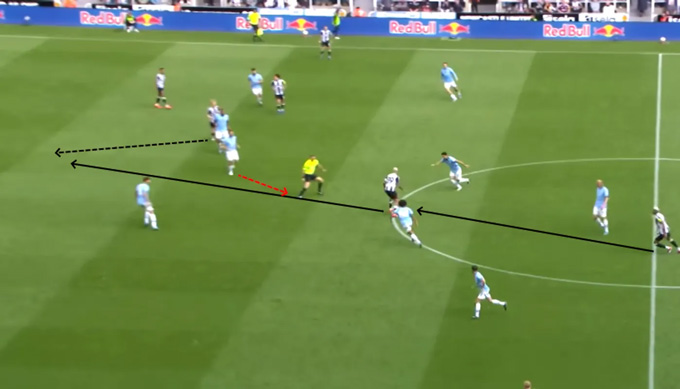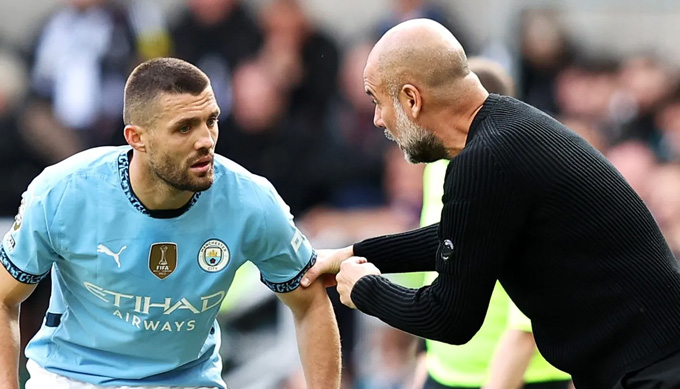Normally, at this time of the year, there would be no reason to criticize any aspect of Man City’s season, especially since they remain unbeaten in the Premier League and are only one point behind the leaders.
However, beneath the surface, there’s something unusual about Man City’s bid for a fifth consecutive title. So far in the 2024/25 Premier League, they’ve conceded 8 goals. Fulham’s expected goals (xG) of 2.6 on October 5 was the third-highest ever recorded by a visiting team at the Etihad since Pep Guardiola took charge.
A week earlier, Man City’s 1-1 draw with Newcastle revealed fewer defensive issues than against Fulham, contributing to a growing trend that their defense isn’t as solid as it used to be.
According to Opta’s “Expected Points” rankings, Man City are outperforming their own expectations by 4.14 points, second only to Arsenal with 4.98. This suggests a more accurate reflection of their performance would be 13 points after 7 games, meaning 4 wins, 1 draw, and 2 losses.
Man City have “lost” according to xG in 3 of their 7 games this season, against Chelsea, Newcastle, and Fulham. This means they have recorded a lower xG than their opponents in all matches against teams currently in the Premier League’s top 10, except Arsenal.
Moreover, for the first time under Guardiola, Man City’s average “expected goals against” (xGA) is over 1.0 per game, and their “expected goals on target” (xGOT) measuring the quality of shots after they’re taken — is 26% higher than last season and nearly double their peak in the 2018/19 season.
The Impact of Rodri’s Absence
The main reason for this drop is, of course, the absence of Rodri. Although Mateo Kovacic can replace Rodri’s ball control, as shown by his brace against Fulham, no one at Man City can replicate the Spanish midfielder’s defensive abilities.
In short, Man City have a gap in midfield. They miss Rodri’s ability to intercept, anticipate danger, and stop counterattacks, as seen in the decline of several key metrics.
Last season, Man City allowed opponents an average of 1.26 through balls every 90 minutes in the Premier League. This season, that number has increased to 1.57. Last season, their errors leading to shots averaged 0.45; this season, it’s 0.86. Their ball recoveries have dropped from 45.6 to 39.6, and their fouls committed per game have fallen from 7.6 to 6.6.

We saw the impact of this in Man City’s last two games, where Newcastle and Fulham easily passed through the center of midfield, allowing them to play balls in behind City’s high defensive line.
In the draw with Newcastle, Kovacic was caught out of position, allowing Bruno Guimaraes to pass to Anthony Gordon, creating the penalty equalizer for Eddie Howe’s side.
In the Fulham game, there were too many examples to mention. Kovacic was nutmegged by Adama Traore in midfield, and after some quick passing, the Fulham star outran Kyle Walker to face Ederson one-on-one.
In another example, leading up to Rodrigo Muniz’s consolation goal, there was not enough pressure on the ball from Man City’s midfield. Fulham bypassed Kovacic on several occasions to launch counters behind City’s midfield.
Guardiola Must Adapt
Man City cannot allow the trend from their last two Premier League games to continue, and with Rodri out for an extended period, Guardiola must quickly find a way to balance his midfield.
There are some tough matches in Man City’s next six fixtures, but based on what we saw against Fulham, even bottom-half teams like Wolves and Bournemouth both strong on the counterattack could pose a threat to Guardiola’s side.

